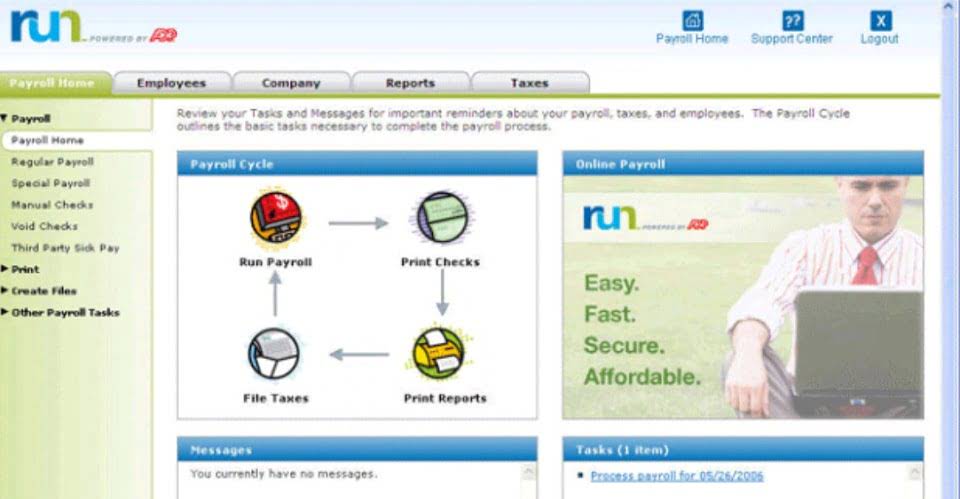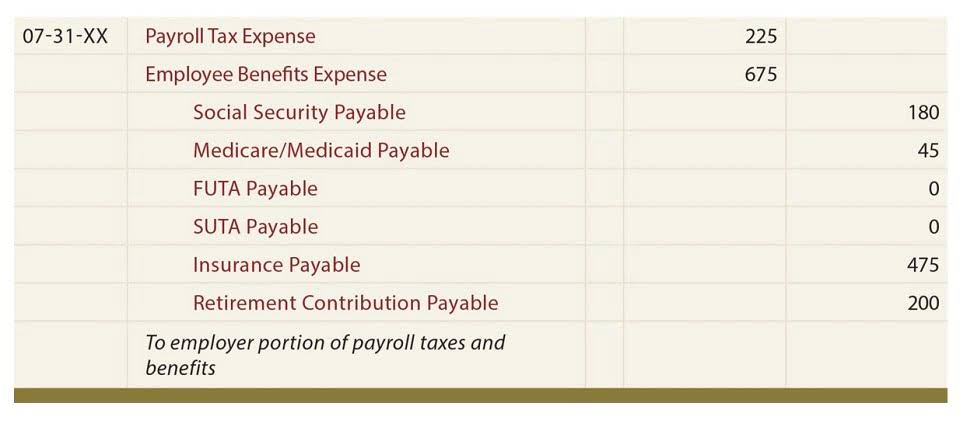Make journal entries for all book-side adjustments in your accounting system. The adjusted bank balance and adjusted book balance should now match exactly. Many businesses struggle with time-consuming manual bank reconciliation statement preparation, but modern automation can reduce reconciliation time by up to 80% while improving accuracy.
Starting with an incorrect opening balance:
With a proven track record, Rick is a leading writer who brings clarity and directness to finance and accounting, helping businesses confidently achieve their goals. Cash management software allows for scalability, making it easy to streamline the reconciliation process as the business grows. Standardizing the process with a set of steps to follow for reconciliation can make the process more organized and save time. This can be done by creating a checklist or using a reconciliation software tool. An expense or a sale may have been overlooked and not added to the ledger, causing a balance difference between the book and the bank statement. It will contain the date, the account name and amount to be debited, and the account name and amount to be credited.
This process involves comparing and reconciling the balances of the bank statement with the internal accounting records. Discrepancies may arise due to factors such as outstanding checks, deposits in transit, bank fees, and errors in recording transactions. One of the most common issues is missing transactions—such as deposits or payments that haven’t been recorded in either the bank statement or the company’s financial records. Incorrect amounts, whether due to data entry errors or miscommunications, can also create discrepancies that are difficult to resolve.
In the bank reconciliation, outstanding checks are deducted from the balance per bank. That part of the accounting system which contains the balance sheet and income statement accounts used for recording transactions. Since the adjustments to the balance per the BOOKS have not been recorded as of the date of the bank reconciliation, the company must record them in its general ledger accounts. Authorized signers are a limited number of people designated to sign checks drawn on the company’s checking account. Their names and signatures appear on a bank signature card along with the approval of the company’s key officers.
Returned Deposited Checks
If your preparing a bank reconciliation company receives bank statements more frequently, for example, every week, you may also choose to do a bank reconciliation for every statement you receive. By tackling challenges in bank reconciliation in a careful and thorough way, businesses can keep their financial records accurate. This reduces the chance of mistakes and makes their financial reports trustworthy.
Checks and balances for your business
It’s essential to ensure everything is in its place, and that every penny is accounted for. In this guide, we’ll dive into the nitty-gritty of how you can master bank reconciliation in QuickBooks, so your accounts are as crisp and clear as a fresh sheet of paper. Finally, document the entire reconciliation process, at a minimum capturing who prepared and reviewed the reconciliation and when.
Download our data sheet to learn how you can manage complex vendor and customer rebates and commission reporting at scale. To better understand what Ramp can do for your company, read about how one of our clients cut reconciliation costs by 75% using our expense management system. Their firm used to spend 40 hours a month on reconciliation—that’s now down to 10. Bank reconciliation gives you an accurate view of your company’s finances and a firm grasp on how much you have available to cover expenses.
Record Outstanding Checks
Bank reconciliation can be complex and time-consuming, especially if you have a high volume of transactions and insufficient tooling. Small, unauthorized withdrawals or fake entries can go unnoticed if you don’t reconcile regularly. Cross-reference your bank statement with invoices, receipts, and payroll reports to ensure nothing is missing.
The bank is an internally prepared document that shows the company’s side of transactions. The company carries over the balance from its bank book to its trail balance and, subsequently, its financial statements. Therefore, the bank book is an important document in the accounting process of a company. The frequency of reconciling bank statements depends on the size and complexity of the business and its transaction volume.
However, there are some things you can do to streamline the reconciliation process. Using the following information, we’re going to complete a bank reconciliation for ABC Company for December 2024. At Atlar, we help many of our customers to streamline bank reconciliation through full bank-ERP connectivity and automated bank feeds.
It’s a core account reconciliation and a way to double-check that the money you think you have matches what’s in your company’s bank account. This process is crucial for performing accurate financial reporting and managing cash flow effectively. Firstly, it helps you identify and rectify errors in your financial records. This could include incorrect data entry, missing transactions, or discrepancies caused by timing differences. By regularly reconciling your bank accounts, you can catch these errors early on, preventing them from causing larger issues down the line. We’ll explore the definition of bank reconciliation, why it’s important, and a step-by-step process for performing bank reconciliations.
- It also becomes more difficult to address any fraud issues that may arise if a bank reconciliation is not completed regularly.
- Human error in the data entry process can sometimes lead to incorrect amounts or miscalculations on a business’s financial statements.
- If not, there may be checks outstanding or deposits in transit or you may need to perform another reconciliation.
- After checking all the critical items, adjust the cash balances to account for all expenses and transactions.
- Keep up with Michelle’s CPA career — and ultramarathoning endeavors — on LinkedIn.
- The balance in your cashbook may also be referred to as your book balance.
- All of your bank and credit card transactions automatically sync to QuickBooks to help you seamlessly track your income & expenses.
- If there are any discrepancies between the two amounts, they must be investigated and resolved.
- Agentic AI in account reconciliation clears bottlenecks, not just flags them—helping finance teams reduce manual work and unlock 99% reconciliation accuracy.
By staying proactive and organized, businesses can minimize errors, quickly identify unauthorized or missing transactions, and ensure that their cash balance remains accurate and trustworthy. Bank reconciliation is essential for cash flow management, enabling finance teams to verify bookkeeping records and accurately assess available cash. The process involves comparing external bank statements with internal cash accounts in the general ledger, identifying discrepancies, and adjusting for any unrecorded transactions. By aligning these records, businesses gain a reliable view of cash on hand, which is essential for financial accuracy and fraud prevention. Bank reconciliation is the process that helps you ensure your company’s accounting records match your bank statements.
Sales are reported in the accounting period in which title to the merchandise was transferred from the seller to the buyer. A document issued to a customer by a seller which reduces the seller’s accounts receivable and its net sales. For the past 52 years, Harold Averkamp (CPA, MBA) has worked as an accounting supervisor, manager, consultant, university instructor, and innovator in teaching accounting online. NSF fee for the rejected dishonored check of $10 charged by the bank. Errors could include omission, entering the wrong amount, or recording an item to the incorrect account. Regularly updating your banking credentials and monitoring access is like changing your locks to ensure no unwanted visitors end up in your living room.
























